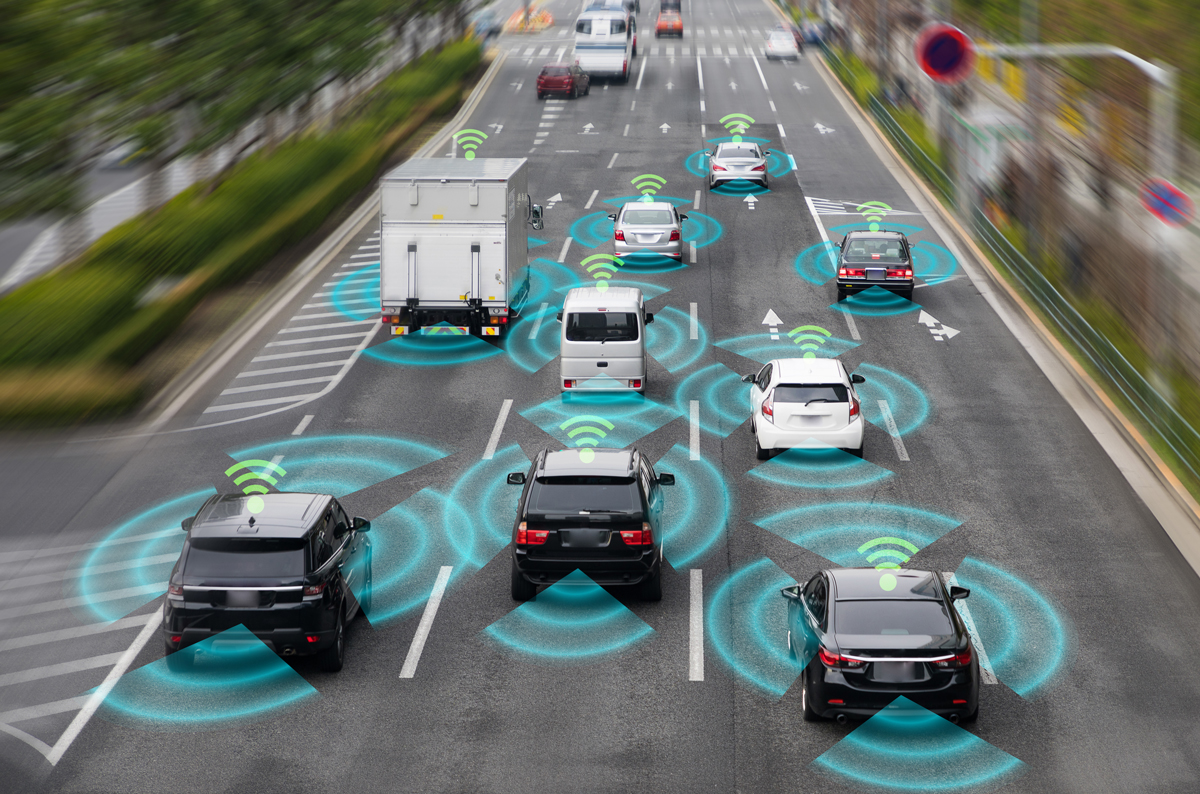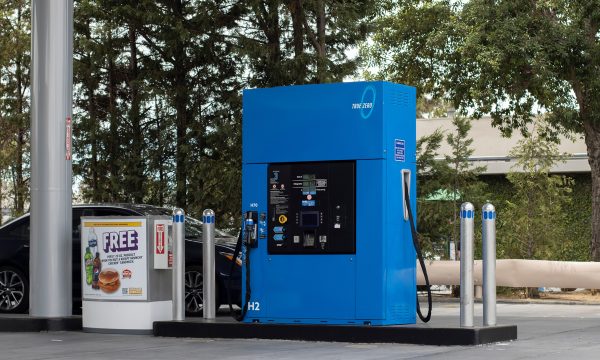
Without the early hype and fanfare the technology is moving ahead
A couple of years ago, vehicle electrification and autonomous, self-driving capabilities were the two hottest topics in the field of automotive technology.
Since then, the trend toward electrification has achieved even greater prominence, driven in part by promised regulatory mandates and automakers’ production commitments, while the impacts of the COVID-19 pandemic and related supply-line constraints have dominated much of the rest of the automotive news cycle.
Among that chaos, autonomous driving technology seems to have been relegated to the back burner, making the headlines only when another Tesla on “Autopilot” crashes.
Behind the scenes, however, progress on self-driving technologies has been continuing apace—perhaps even more quickly than was widely expected.
SAE Level 2 technology—adaptive cruise control, stop and go traffic-following features, lane-centering and lane-keeping, automatic lane changing, automatic emergency braking and other advanced driver assistance systems (ADAS)— have become widely available throughout the industry.
Several automakers, as well as some regulatory bodies, are now ready to take the next step, to Level 3 or even Level 4 automation.
While Level 2 systems can control both steering and acceleration/deceleration they require that a driver constantly monitors the situation and is always prepared to take control.
Going a step farther, Level 3—conditional driving automation—can make decisions based on changing driving situations and does not require constant supervision within defined areas and circumstances, although a driver must still be present, alert, and able to take control in case of emergency due to system failure.
Mercedes-Benz has gained Level 3 approval, per UN Regulation 157, for its new “Drive Pilot” system, which means it can offer the system internationally, provided individual countries allow it. Germany has already approved use of the system, which will be offered this year in the S-Class and EQS.
Level 4 is all but full autonomy, requiring no human intervention but still limited to operation within defined conditions or geofenced areas.
Japan has also opened the door for Level 3 use, specifically for 100 Honda Legend models (similar to North America’s former Acura RLX) equipped with that company’s “Traffic Jam Pilot” system.
BMW is expected to offer similar technology with the introduction of its next-generation 7 Series, while Audi had developed its own Level 3 “Traffic Jam Pilot” system but decided to hold it back from production until it can produce a Level 4 system.
Level 4 is all but full autonomy, requiring no human intervention but still limited to operation within defined conditions or geofenced areas. As such, while it is technically more challenging, it is legally far simpler as there is no thorny question of potentially shared liability with a driver; it is all on the automaker.
Noticeably absent from this list is GM’s “SuperCruise”—one of the highest-ranked Level 2 systems currently available—which will evolve to “UltraCruise” in 2023, but forego the Level 3 classification, in spite of offering most of its features.
Also absent is Tesla’s “Autopilot,” which is arguably the best known Level 2 system, although it claims to be much more—especially in its “Full Self-Driving” guise.
“Autopilot” may be credited with popularizing the concept of autonomous driving, for it was Tesla CEO Elon Musk’s exaggerated claims for the feature, as far back 2014 that cast the technology into the public eye.
It may also be responsible for breeding public distrust about the technology, based on a combination of highly publicized crashes involving its use and failures to achieve numerous promised introductions of “full self-driving” capability—in spite of marketing and selling a very expensive option with that misleading name.
Edward Niedermeyer, author of the recently published book “Ludicrous: The Unvarnished Story of Tesla Motors” (a must-read for anyone in the automobile business), goes so far as to label Tesla CEO Elon Musk’s overly-optimistic pronouncements on the technology as fraud—a charge to which Musk is no stranger.
Whatever the ethics or legalities of Musk’s practices, they have increased the burden of responsibility for other automakers to both get the technology right and to be very clear in its marketing as to its capabilities and limitations.
That responsibility extends to the dealer level. As increasingly complex and capable levels of ADAS and autonomous technologies become available, it is essential that customers be adequately tutored in how the systems should be used and what they can and can’t do.
While multiple authorized Level 3 and Level 4 vehicle test programs are now in progress on public roads throughout North America, no vehicles with such systems have yet been approved for sale in the U.S. or Canada.
But don’t be surprised if the timeline for that occurrence is much shorter than previously expected.











